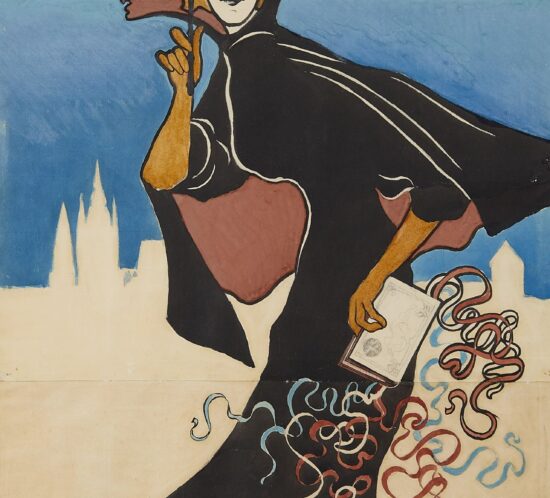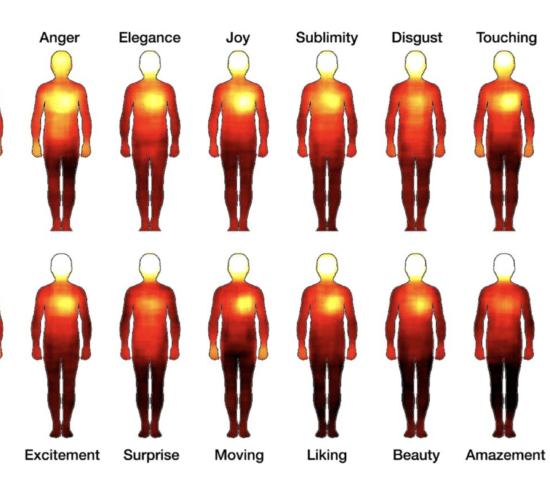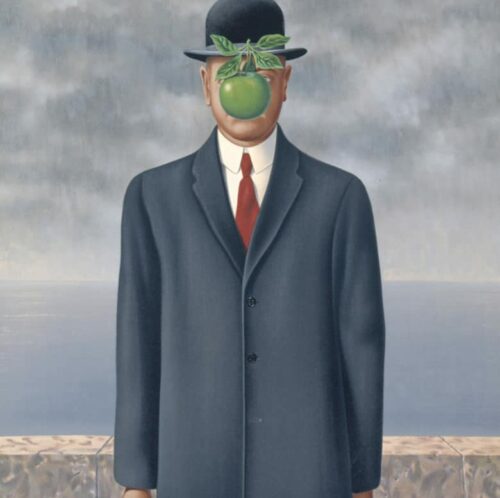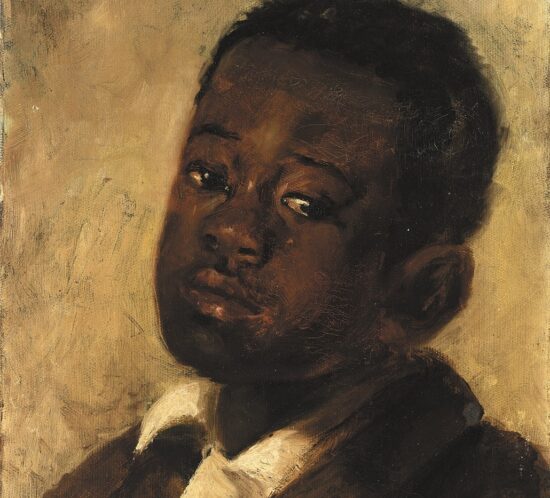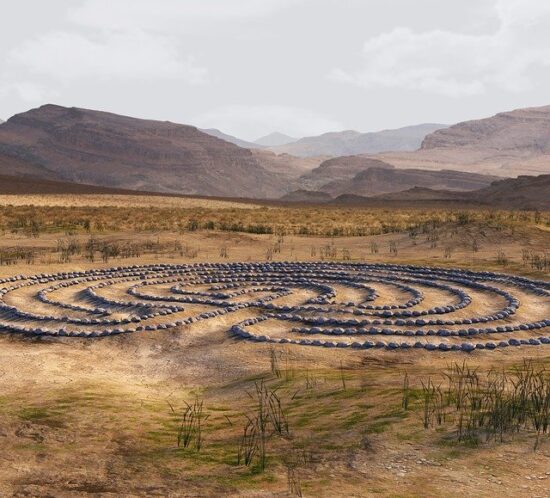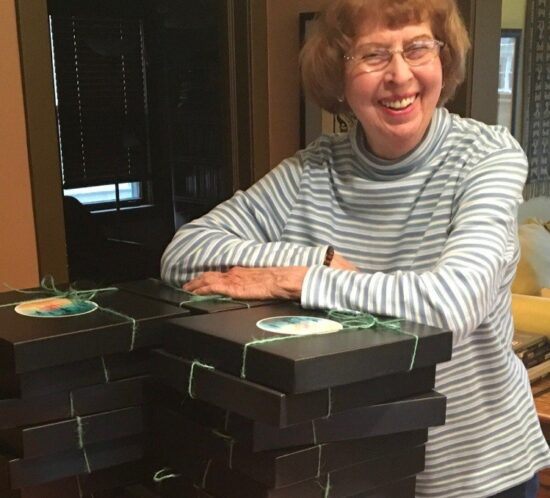Could You Come A Bit Closer, Dear?
Karel Hváček, 1897. Woman with Lorgnette.
Have you noticed that, after you’ve changed your hair style, you’re doubly conscious of everyone else’s hair choices — and may even be more likely to compliment them on theirs)? It’s called the Baader-Meinhof illusion—or, more commonly, as the frequency illusion.
My latest version of this particular illusion stems from my being in the market for new glasses. So, when I joined with members of the Chicago Death Doulas collective to tour the International Museum of Surgical Science, and we passed through a room devoted to the history of eyewear, I had to return after the tour — bypassing glitzier attractions such as the foot x-ray machine to ensure proper shoe fit, the iron lung, the array of refined surgical tools, and the artwork displaying what surgery looked like with early anesthetics.
The museum’s Optical History room housed eighteenth-century spectacles with giant wooden (!) frames; spectacles that stayed on by hugging the nose (pince-nez) and were folded up when not in use; the first 18th century glasses to have arms that wrapped over the ears; and early 20th century aviator goggles that stayed on the head by means of an elastic band.
There were glasses that required constant work, and it’s here that my attention rested.
The lorgnette, like that held by the woman in the painting above by Karel Hlávačzek, had to be held up to the eyes by an attached handle or wand, and so it required maximum participation by its wearer. (You’ve probably seen a lorgnette in a play or movie.) Indeed, the lorgnette was treated more as a fashion accessory and a marker of class status than as ongoing vision correction. (After all, you can’t cook or teach school if one hand is seriously busy trying to help you see.) Used to discretely check out other attendees at the theater or opera, as well as to see the stage action, the lorgnette was a sign of discriminating taste.

An eighteenth-century French fan lorgnette housed at the Metropolitan Museum of Art. |
From the perspective of an onlooker, the lorgnette signals the conscious effort to see well. You’re never not conscious of that lady’s attempt to see (since the lorgnette was used by women, for whom it was regarded as unseemly to be seen wearing actual spectacles).
Naturally, I referred this back to THE HUMAN JOURNEY®. Most people, I would hazard, consider themselves good listeners, and others less good listeners than themselves. Indeed, if people could enroll those close to them in classes on “How to Become a Better Listener,” there wouldn’t be enough experts to teach them!
What the lorgnette is to glasses, THE HUMAN JOURNEY is to listening. Not only do we help families listen to each other at a moments of intense change due to serious illness, end of life, bereavement, or other major life transition, but we help family members perceive that they are being heard. It’s in that perception that “THJ” really finds its power. It’s there that the tears tend to flow, and I’m sure that, intuitively, you know why.
“The participants were very deeply attuned to each other by the end of the first act. There was a noticeable shift in the serious way they all held space for each other.
Join us to learn to learn the THJ method, to license to use our materials, and to be able to present yourself as a certified THJ Conductor.
Related Posts
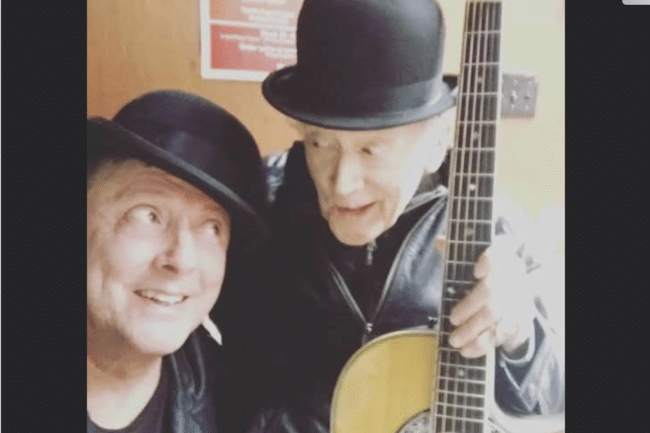
The Incredible Will to Sing
The will to make it to a loved one’s graduation or wedding, or to the birth of a new baby, somehow compels the body to obey the will. Stu Klitsner was going to sing at his only granddaughter’s wedding, come hell or high water.
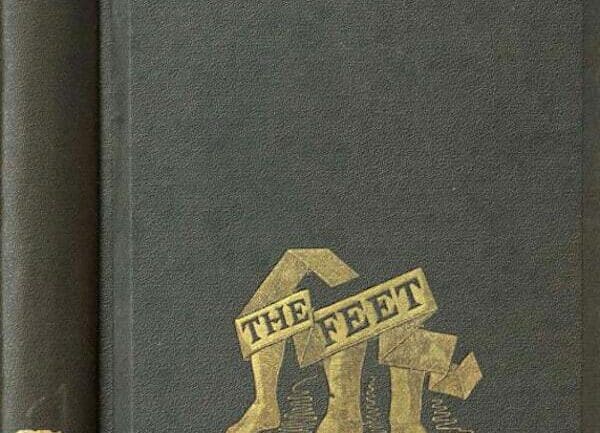
The Chaplain’s Feet
Chaplains exercise their humanness with every patient or family member they meet. What are the parallels between the kind of presence chaplains bring in the spiritual realm and that of the dancer who sees her choreography and performance as a kind of chaplaincy?

Whacking a Gun
At the 2023 Parliament of the World’s Religions, blacksmiths from RAWTools demonstrated how they took guns that had been surrendered from a variety of sources and re-formed them into garden hand tools, making literal their mission and message of anti-violence. The organization takes literally the passage from the Book of Isaiah to “beat their swords into plowshares and their spears into pruning hooks.”
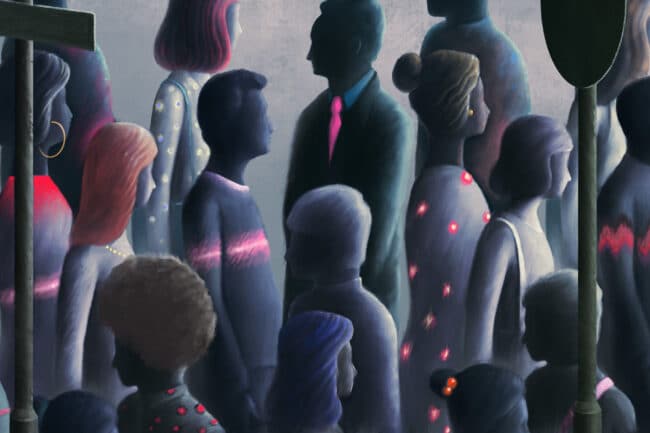
A Vaccine for Loneliness?
Public health has gotten bigger and bigger in recent decades. What was only thought of in the past as individual choices, like drug addiction, gun violence, or smoking crossed over to be thought of by many as social issues and, eventually, as matters of public health. With the Surgeon General’s report that came out in May, 2023, loneliness and isolation may assume their place alongside them as social epidemics.
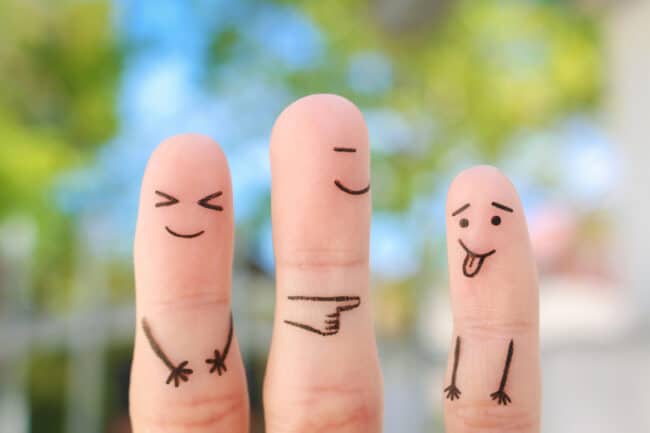
Grief on the Comedy Stage
Is it in supremely bad taste, or potentially healing in a social setting, to use death and dying as material on the American comedy stage? The post-pandemic fad of comedy shows that deal with what have been taboo topics is currently walking that line.
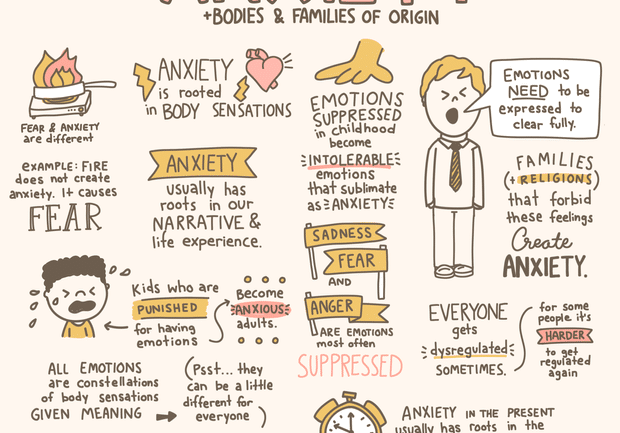
If You’re a Pro, You Gotta Have a Pro
Lindsay Braman’s example can open your mind about what sorts of both joy and utility you can create, simply by letting your own gifts out of the closet and using them in your work, in recognizing that, if a therapist/doodler can connect two passions, so can you.

